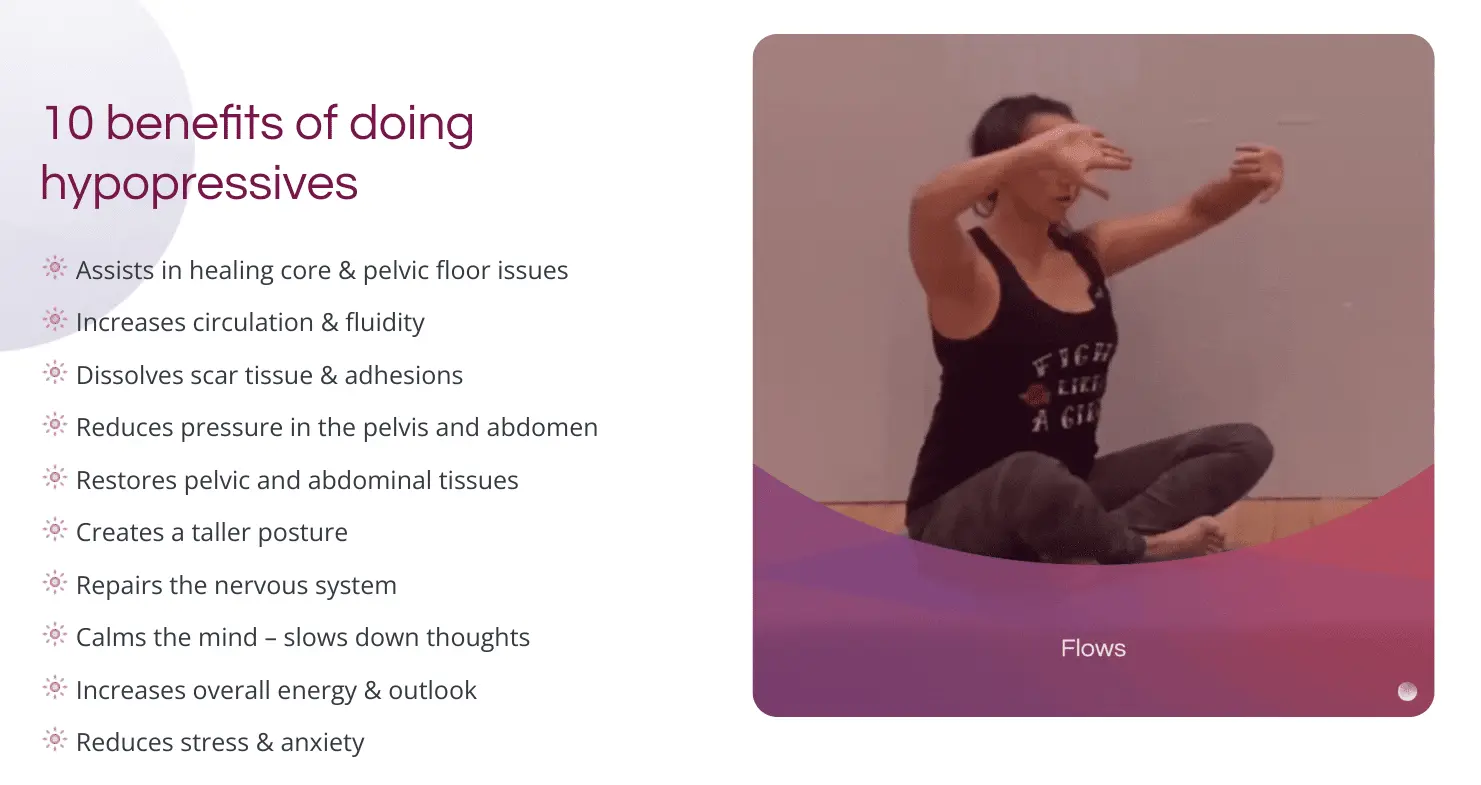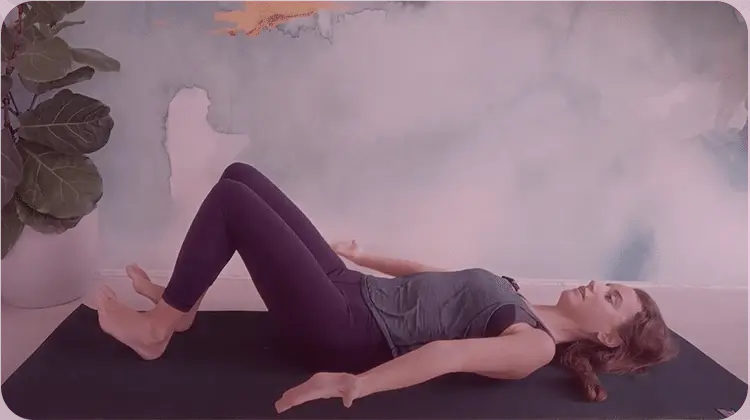All About Cystocele (Bladder Prolapse) & Urethrocele (Urethral Prolapse)
- August 10, 2022
- Pelvic Floor

When did you first hear the term Pelvic Organ Prolapse (POP)?
If you’re not a medical student or professional, you probably didn’t learn about it. Because the reality is, no one really talks about it. This is why women often feel alienated, alone, afraid, embarrassed, and even betrayed when diagnosed with it.
Can you relate?
We can too, which is why we’re here to help you and provide some educational content on POP. But for this blog specifically, we’re focusing on cystocele (bladder prolapse) and urethrocele (urethral prolapse).
Due to the similarities in symptoms, cystocele and urethrocele are often mistaken for each other. So it’s important to discuss them so you can tell them apart and know which treatment is applicable to you.
Before diving in, please know that surgery is not your only option, nor is it a good option.
P.S. You can take our word for it, we conquered prolapse naturally and you can too!
Signs and Symptoms of Pelvic Organ Prolapse (POP)
POP is a pelvic floor dysfunction that can simply be defined as the descent of one or more pelvic organs from their normal positions that causes a bulge and discomfort from the vagina or anus, among other symptoms.
Generally, a prolapse will show similar symptoms (regardless of what type it is) as the condition progresses. These may manifest recurring bladder-related problems, and discomfort or pressure around your lower tummy and genitals.
Cystocele & Urethrocele Pelvic Prolapses in a nutshell
Cystocele (also called anterior prolapse or fallen bladder) is the most common type of pelvic prolapse. To put it simply, it occurs when your bladder bulges into the vaginal canal.
How can you tell that you have Cystocele?
Symptoms of cystocele include:
• Feeling or seeing something bulging through your vaginal opening
• Difficulty emptying your bladder, incontinence (urine leakage), frequent urination, and Urinary Tract Infection (UTI)
• Feeling of fullness, heaviness, or pain in the pelvic area or lower back that feels worse when lifting, coughing, laughing, or exercising
• Trouble inserting tampons or vaginal applicators
• Constipation
• Painful sex
Bladder Prolapse (Cystocele) Stages
Based on the POP-Q System (standard tool for evaluating prolapse), cystocele can be classified into different stages based on its severity:
• Stage 0 (normal):
– bladder is in place / no prolapse
• Stage 1 (mild):
– bladder droops a little into the vagina by -1cm above the hymen
• Stage 2 (moderate):
– bladder droops to the vaginal opening by -1cm to 1cm above or below the hymenal plane
• Stage 3 (severe):
– bladder protrudes through the vaginal opening by 1cm to no farther than 2cm less than the total vaginal length
• Stage 4 (complete eversion):
– bladder completely bulges outside the vagina
Urethrocele (also called urethral prolapse) happens when the tissues surrounding your urethra (a tube where your urine passes to exit the body) sinks into the anterior wall of the vagina.
How can you tell that you have Urethrocele and not Cystocele?
The best way to confirm urethrocele is through a proper medical diagnosis. Your doctor may conduct a physical examination and perform other tests on you to assess and rule out any other complications.
But, it’s common to get a misdiagnosis because not every doctor conducts the test properly. So don’t be afraid to get a second or even third opinion if you feel the diagnosis is wrong. (A woman’s intuition is powerful, please remember that!)
Some of the most common signs of urethrocele include:
• Vulva irritation (pain, itching, or swelling)
• A feeling of fullness or pressure in the pelvic and vaginal area
• Aching or discomfort in the pelvic area
• Painful sexual intercourse
• Bulging out of the ureter on the vaginal or urethral opening
• Involuntary and frequent urination, and difficulty emptying the bladder
Urethral Prolapse (Urethrocele) Stages
Like other types of prolapse, urethrocele is classified depending on the degree or severity of the protrusion:
• Stage 1 (mild):
– the urethra mildly pushes against the upper vagina
• Stage 2 (moderate):
– the urethra pushes up to the introitus (vaginal opening)
• Stage 3 (severe):
– the urethra bulges outside the vaginal opening
Yes. In many cases, a prolapsed bladder and urethra happen at the same time—this is called Cystourethrocele.
Women who are pregnant or who have just given birth are the most vulnerable to this type of condition (also called Postpartum Prolapse). Other risk factors include aging, genetic muscle weakness, and increased pressure on the abdomen.
But to be clear, it’s possible to have multiple prolapses at the same time regardless of the type. This is why it’s not only important to return protruded organ/s to their proper location, but to also restore the integrity of the pelvic floor because this is what supports them.
What is Prolapse Surgery going to do for you?

The primary aim of prolapse surgeries is to return the protruding organ/s to their normal location. But these operations have high failure and recurrence rates especially when surgical meshes are involved.
Indeed, surgeries can work wonders in emergencies, but a much better route is to start with natural, safe, and alternative healing methods first.
Before going under the knife, think about these:
• Your age, childbearing plans, and other health conditions
• Recovery time
• Pain and discomfort during sex
• Possible bladder problems after surgery
• Pelvic pain during and after recovery
• Infection of the surgical site (wound)
• Recurrence of pelvic prolapse
• Serious problems such as nerve damage, blood clots, vaginal scarring, organ perforation, neuromuscular problems, and vaginal shrinkage (via scar tissue
Read more about the Pros and Cons of Prolapse Surgery.
Is it possible to heal from Prolapse without Surgery?

The answer is… DEFINITELY!
But not by doing Kegels or using Pessaries. Because just like surgery, these are only band-aid approaches that may ease some symptoms, but they won’t address the underlying issue and could make the condition worse!
No matter what type of prolapse you have, a holistic approach is the best way to go. We have several natural and proven methods backed by science, that are tried and true, and used by many of our MoonRise practitioners.
These are some of the methods we teach in our Pelvic Floor Dysfunction Program:
- Scar Tissue Remediation
- Hypopressives
- Strength Exercise for Prolapse
- Breathing Exercise
- Weight Exercise for Prolapse
- Yin yoga
- Belly Dancing
- Healthy Diet
- Certain Supplements
- Essential Oils
- Vaginal Steaming
- Meditation
- Visualization and Affirmation
Video on The Dos And Don’ts With Prolapse
Together, we can help you heal without Kegels, Pessaries, or Surgeries!
Prolapse can be a frightening and lonely experience, creating a heavy mental and emotional burden on top of the physical symptoms you’re facing…
But MoonRise is here to offer you a community of like-minded women and guided programs to help you heal physically, emotionally, and even spiritually!
Cystocele, urethrocele, cystourethrocele, or whichever name they go by, are all addressed in our Pelvic Floor Dysfunction Program.
— the world’s first, all-in-one science-based holistic alternative, that helps minimize symptoms of pelvic floor dysfunction by addressing the root cause.
Blog posts you might like:






